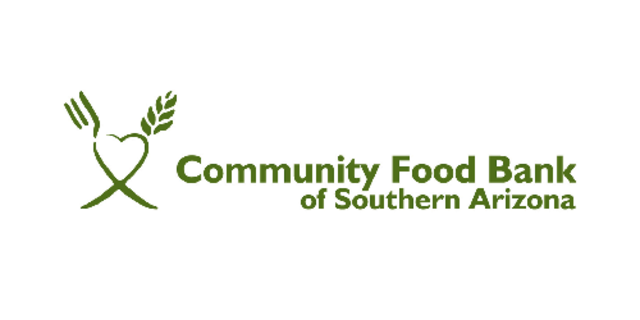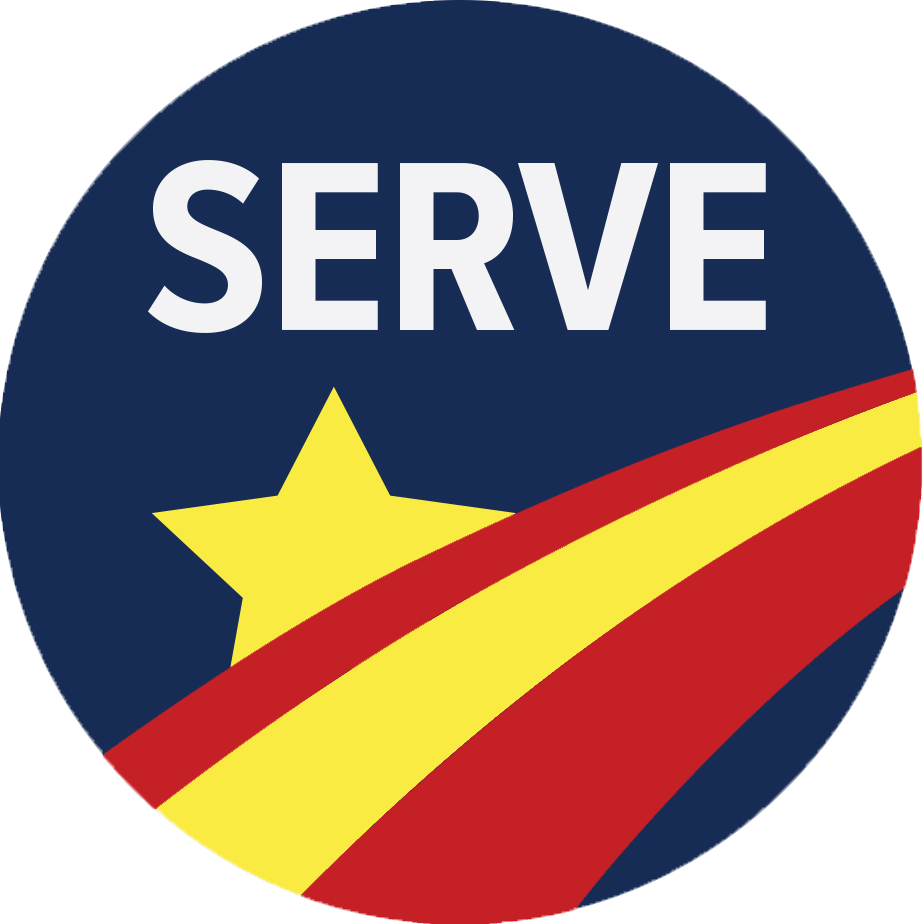
 I am going to propose something radical: there is more than enough food to go around, so much food that no one should experience hunger or food insecurity.
I am going to propose something radical: there is more than enough food to go around, so much food that no one should experience hunger or food insecurity.
This idea is radical because it is a far-reach from our current reality. Food insecurity is when an individual (or family) consistently experiences a lack of access to affordable, nutritious food. According to Feeding America, the state of Arizona has over a million individuals who are food insecure, and solving this issue would require $543,000,000 in additional funding. This means that 17.1% of Arizona residents are food insecure. This is a huge problem. Luckily, there is something we can do about it.
Milligan organizing the food pantry at Palo Verde High School on Martin Luther King Day.
Milligan organizing the food pantry at Palo Verde High School on Martin Luther King Day.
For my year as an AmeriCorps VISTA, I have volunteered in the Food Sourcing office at the Community Food Bank of Southern Arizona, a member of the Feeding America network of food banks. Throughout my year of service, I have worked to establish strong partnerships with local grocery stores, restaurants, food packaging and distribution centers, as well as regional and national brands. The food bank provides a service to these businesses by giving them an avenue to get rid of food that they are unable to sell — whether it is “ugly produce,” items approaching their sell-by date, or seasonal items that are no longer in demand. Instead of throwing this food away, the food bank is able to get this food to those in need. Through these food sourcing efforts, the Community Food Bank of Southern Arizona was able to source over 40 million pounds of food in 2016. Not only are we providing meals for people in need, we are reducing the amount of food that is wasted. Food belongs in our bellies, not in the landfill.
Although the food bank is able to source tens of millions of pounds of food, there is a lot of room to grow. The United States generates an estimated 70,000,000,000 pounds of food waste each year. Yes, with TEN zeros. Seventy billion pounds. That is an almost unimaginable number. If this food was distributed to those in need, rather than hauled to the landfill, we could solve the national issue of hunger and food insecurity overnight.
The truth is that food waste is generated at every step along the way, starting at the farm and ending with the consumer. While institutions like the Community Food Bank of Southern Arizona and Feeding America exist to divert food waste in the food supply, we as individuals could be doing more to prevent consumer-generated food waste. Consumers actually generate more waste than anyone else; more than restaurants and grocery stores combined. Buy only what you need, and if you think you will be unable to use it all, consider freezing or jarring, or sharing with your neighbor. As a last resort, food should be composted so that the nutrients can be reintroduced to the soil. If we are serious about ending hunger, we need to get serious about reducing food waste.
By Kevin Milligan
AmeriCorps VISTA at the Community Food Bank of Southern Arizona
